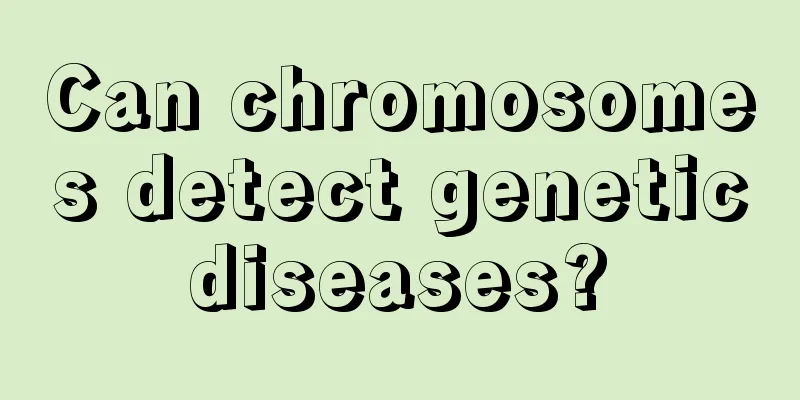What are the high-risk factors for osteosarcoma

|
Osteosarcoma is a malignant tumor. When many patients learn that they have this disease, they are sentenced to death. They have to go to the hospital for amputation. Because of this information asymmetry, patients lose the best time for treatment and lose the good opportunity to save their lives. Let's take a closer look at the high-risk factors for osteosarcoma: 1 Clinically, it is not very clear what causes osteosarcoma. Some patients develop symptoms of osteosarcoma, and the main inducing factors are trauma and stimulation, as well as viral infection, all of which will directly lead to osteosarcoma. 2 The occurrence of osteosarcoma also includes some genetic factors, as well as the patient's exposure to some radioactive substances, or viral infection, etc. When osteosarcoma occurs, patients are often prone to secondary symptoms, because this is caused by the malignant transformation of benign tumors. Primary osteosarcoma is related to genetics: ① The risk of osteosarcoma in patients with retinoblastoma is about 2000 times higher than that of the normal population. This is because the retinoblastoma gene (Rb gene) is a tumor suppressor gene located on the long arm of chromosome 13 (13q14). The deletion or inactivation of this gene is the direct cause of retinoblastoma. In cases of sporadic or associated osteosarcoma with retinoblastoma, there is often a deletion of the Rb gene. In cases of bilateral retinoblastoma, about 12% develop osteosarcoma, and more than 70% of osteosarcoma cases have inactivated Rb gene products. ② In many sporadic cases, there is often a mutation in another tumor suppressor gene p53, which is located on the short arm of chromosome 17. The incidence of osteosarcoma is significantly increased in families with Li-Fraumeni syndrome who have p53 gene mutations. 45% of osteosarcomas have p53 gene mutations. 3 The pathogenesis of osteosarcoma is not very clear now, but the symptoms of osteosarcoma are mainly a kind of primitive group of cells. In clinical practice, patients can further diagnose the disease through some examination methods. Once diagnosed, we must seize the time to treat it. Osteosarcoma, like other human tumors, has unclear etiology and mechanism. Its pathogenic factors are very complex. The internal factors include the diathesis theory, the genetic theory, the endocrine theory, etc.; the external factors include chemical substances, internal and external radiation, the chronic inflammatory stimulation theory, the viral infection theory, etc. Some other benign bone tumors such as Paget's disease, giant cell tumor of bone, and dysplastic bone fibrous tissue structure can cause osteosarcoma, which is more common in patients after middle age. Note: The above mentioned are the causes of osteosarcoma. It is recommended that everyone must prevent the occurrence of osteosarcoma as early as possible in life. At the same time, patients should not worry too much and should maintain an optimistic attitude to actively treat the disease. |
<<: Basic nursing routine measures for osteosarcoma
>>: What exactly is osteosarcoma
Recommend
How does traditional Chinese medicine treat glioma
Generally speaking, patients with tumors are trea...
Will drinking red bean and barley water cause skin itching
Some people are allergic and have allergic reacti...
What are the effects of fried coix seed with bran
You can make fried coix seeds with bran by yourse...
How to recover and care for liver cancer patients? Dietary taboos for liver cancer from the perspective of traditional Chinese medicine
Liver cancer usually does not have obvious sympto...
The right thigh is thicker than the left thigh
When people find that their right thigh is thicke...
The hazards of chemotherapy and radiotherapy for endometrial cancer
Nowadays, due to various pressures in life, more ...
Trouble falling asleep at night
For people, it is very necessary to maintain a ce...
Red dates and blood sugar
The blood sugar level in the human body is very i...
This method is the fastest way to treat herpes simplex virus
Herpes simplex virus is an infectious disease. If...
What are the symptoms of prostate cancer
Prostate cancer is an invisible killer in the cur...
What is the effect of antelope horn injection
Antelope horn injection is actually quite effecti...
What are the preventive measures for male prostate cancer? 5 preventive measures for male prostate cancer
There are many diseases around us whose incidence...
Can cracked walnuts be repaired with egg white?
Walnuts for ornamental purposes may crack acciden...
Knee wear and tear can cause such harm to the body
Knee wear is also called knee joint wear. It is a...
What are the special symptoms of esophageal cancer
For most patients, they need to understand the sy...









